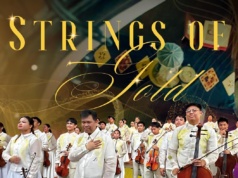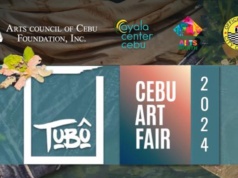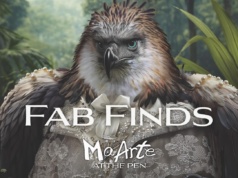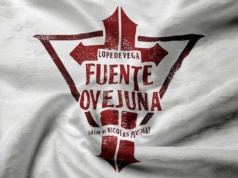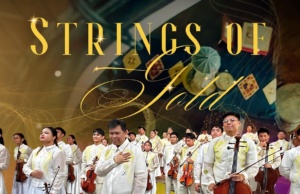Group Exhibition of Floyd Absalon, Bea Aspiras, Gab Baez, Andre Baldovino, Steven Burce, Pepe Delfin, Bayani Galera, Kat Grow, and Miles Villanueva

6 – 26 November 2020
ArtistSpace | Virtual
Ground Level Ayala Museum Annex, Makati Avenue corner De La Rosa Street, Greenbelt Park, Makati City 1224 Philippines
Facebook Instagram YouTube Email
On 6 November 2020, Virtual ArtistSpace presents its first virtual exhibition, CUTTING CORNERS, featuring nine Filipino visual artists: Floyd Absalon, Bea Aspiras, Gab Baez, Andre Baldovino, Steven Burce, Pepe Delfin, Bayani Galera, Kat Grow, and Miles Villanueva.
With works produced during the pandemic, Cutting Corners surveys the different realities, thoughts, and ideas of nine artists. Together, they form a visual anthology that looks at the consciousness, meanings, and processes in art-making while navigating through a time of uncertainty and disquiet.
The transparency of diamonds is imitated and replicated in Floyd Absalon’s work. Opposing the exhibition’s title, Absalon painted the image with the absence of the color white, allowing no room for erasures. The result is a glimmering resemblance of the form in its crystal structure.
Strokes of paint, which remind us of early abstract impressionism, drive the force behind Bea Aspiras’ series that explores love stories. In “Romantic Comedy”, the interspersed dabs of paint are symbolic of a linear equation where at one point, two lines intersect, like parallel lives waiting to meet. Another work, “Love is Brightest in the Dark” is inspired by a scene from a television show where the protagonists managed to get themselves out of a cave by following their intuitions.
Meanwhile, the work of Gab Baez is drawn from an image of an erupting volcano. Working on it halfway, she was reminded of Gaia, the personification of Earth in Greek mythology. Here, the canvas takes the wrath of Mother Earth. Baez’s work reveals the maternal generosity of the goddess while aggressively defending herself from abusers.
Andre Baldovino’s art practice delves into the idea of control in the process of automatism. In his work for this exhibition, the artist focused heavily on the insertion of forms. In negotiating the elements of the painting, the appearance of shapes ranked highest in priority. Hence, Baldovino fought against his consciousness to create space for shapes to dominate.
Steven Burce’s work manifests abstraction through the pixelation of an image. This process provides a new context for the idea, thus, removing it from its original condition. Burce’s art practice substantiates single shapes that form a complex net of colors and compositions.
Pepe Delfin’s “Calamity City” is from an ongoing series that reflects on current events. This particular work was initiated in the aftermath of the Taal Volcano eruption, and was worked through the months following the pandemic. Delfin’s art practice involves the application of geometric abstraction while forming narratives entrenched in waking life.
Bayani Galera’s “In the Middle of Chaos” contemplates the pandemic’s effect on the academic system. Chairs arranged in what seems like a frantic ensemble represent how educational institutions crumble during these difficult times. However, one of the chairs remains standing and upright; a testament to our resilience amid the disorder.
Kat Grow’s “The Other Side Is Always…” attempts to create a different identity from the rest of the works she had produced. Made from handmade watercolor paper, the material was folded and resulted in lines made from its creases. Grow then repeatedly stained the paper to build up color—a process that would ruin the ground if uncontrolled. In doing so, Grow finds the equilibrium that would somehow purge self-doubt, and tie loose ends after this turmoil.
With an art practice bent on collages and the transformation of materials, Miles Villanueva’s work for this exhibition visually describes what “doom and gloom” means. The work looks into the worldly concerns and worries, as forces of both distraction and noise would frame us with limitations. However, Villanueva becomes more optimistic in accepting and understanding the only constant truth in our life: that death comes in the end, and, therefore, there is nothing more beautiful than to submit ourselves to that fact and, thus, live free before it takes us.
– Gwen Bautista
CUTTING CORNERS will be on view virtually starting on 6 November 2020, Friday at 6:00 PM. The virtual exhibition will run until 26 November 2020.

For queries on the exhibition, please call or text Joan Gaylican at +63 922 8900587 or e-mail at joan_gaylican@yahoo.com.
For more information on Virtual ArtistSpace, please e-mail Jane Salvador at hello@artistspace.org.ph.


